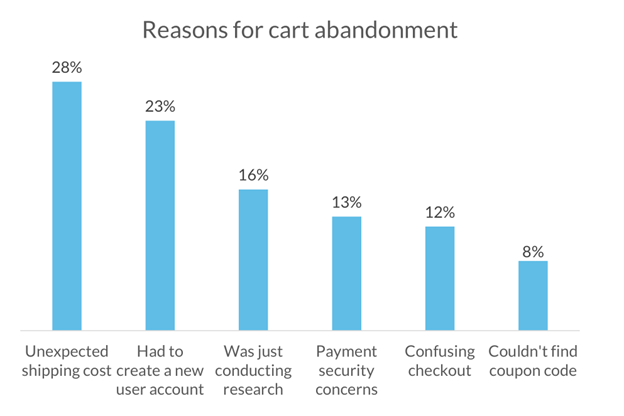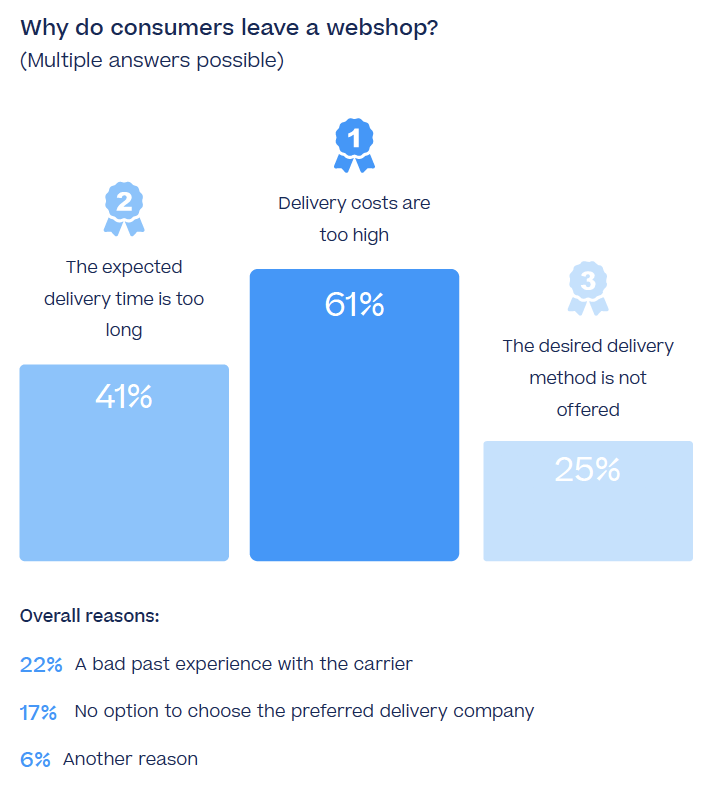The internet is a great leveler, especially when it comes to ecommerce. No one has to know how big or small your operation is. And with a winning SEO strategy, you stand just as good a chance as the next player. COVID-19 forced many companies to venture into ecommerce for the first time. Regardless of why you're perhaps a little late to the ecommerce party, you're finally here! You know what you’re selling, you have a marketing strategy in place and you’re ready to launch. But have you planned your ecommerce shipping and fulfillment strategy?
Let’s start with a quick glossary:
Ecommerce fulfillment: supplying your customer with their order at a set price and time frame, that is clear at the point of sale. In essence, fulfillment is setting up your shop and selling goods.
Outsourced fulfillment: a third-party that stocks and arranges shipping for your products. Asendia describes the process like this:
The exact way the fulfillment center you choose works will differ. Generally speaking they will follow this process:
- You place an order for your products from the manufacturer
- These products are transported to the fulfillment warehouse, where they are received and checked into your inventory
- Your products are stored in the fulfillment warehouse until orders are received from your sales channels (e.g. your website, Amazon, eBay)
- The new orders are picked and packed at the fulfillment center into the packaging you’ve specified
- The orders are shipped to your customers
Distribution centers: they handle everything from shipping to selling. However, what makes them different is that they don’t ship to retailers. Instead, they become the retailers themselves.
Shipping: this literally describes what it is - the handover from merchant/fulfillment/distribution center to a courier service who transport the goods to the customer.
Delivery: the final step, the handover from the shipping courier to the customer.
Let’s talk shipping
Now the basics are out the way, let’s look at how shipping effects your business.
It may seem pretty obvious, but shipping rates vary based on things like:
- Your packaged products dimensions and weight
- Stock location and customer address
- The speed of shipping (e.g. standard, next day or named day)
- Extras like insurance, tracking and signed for services
While you want to make sure that you can ensure careful and timely delivery, you need to be conscious of pricing. Keeping an up to date inventory of product weights is one way to do this.
Choosing your shipping provider
There are many things to consider when choosing who you send your parcels with. You’ll need to think about price of course, but also reputation. It’s no good using a service that’s fast if your customers complain their orders arrive damaged. Or get left out in the elements. Or worse, in their bin on collection day...
Which? have recently compiled a consumer research poll, ranking the top shipping couriers in the UK. They asked about customer satisfaction in three key areas:
- Time slots offered
- Communication from shipping company
- Where the parcel was left
Know your margins
It goes without saying that knowing your margins helps you stop preventable losses. Cost of packaging, shipping and card fees are often forgotten about. Shopify recommends factoring in the following to help calculate your total price:
- Cost of product
- Packaging
- Shipping
- Customers/imports/duties
- Card fees
- Profit margin
How to ship online orders
Here’s a great video explainer from Shopify on all you need to consider for your shipping strategy.
Shipping rates are the biggest turn off
It’s reported that almost 30% of shopping will abandon their cart based on shipping.

When examined in further detail, SendCloud found there were three problematic areas:
How to make free shipping work for you
You’re potentially losing up to 30 of every 100 potential customers, that’s something you’ll want to fix. We all know there’s no such thing as a free lunch, so let’s consider how free shipping can work without you taking a loss:
- Increase product prices to cover costs for shipping (customer pays)
- You pay the full price of shipping out of your margins (you pay)
- Increase prices of products to cover some costs of shipping (you and your customer pays)
- Offer a discount code to certain customers for free shipping
Additionally, you can also try offering free shipping on a minimum order. This strategy can help offset the costs of shipping by helping to increase your average order size, but you're still the one paying for it out of your margins.
Summary
Hopefully this has given you some food for thought for your shipping and fulfillment strategies. If you’re ever a little (or a lot!) stuck with your ecommerce journey, talk to us. We’re passionate about all things ecommerce. From building and optimizing your store, to helping you overcome pain points, and your strategy.


